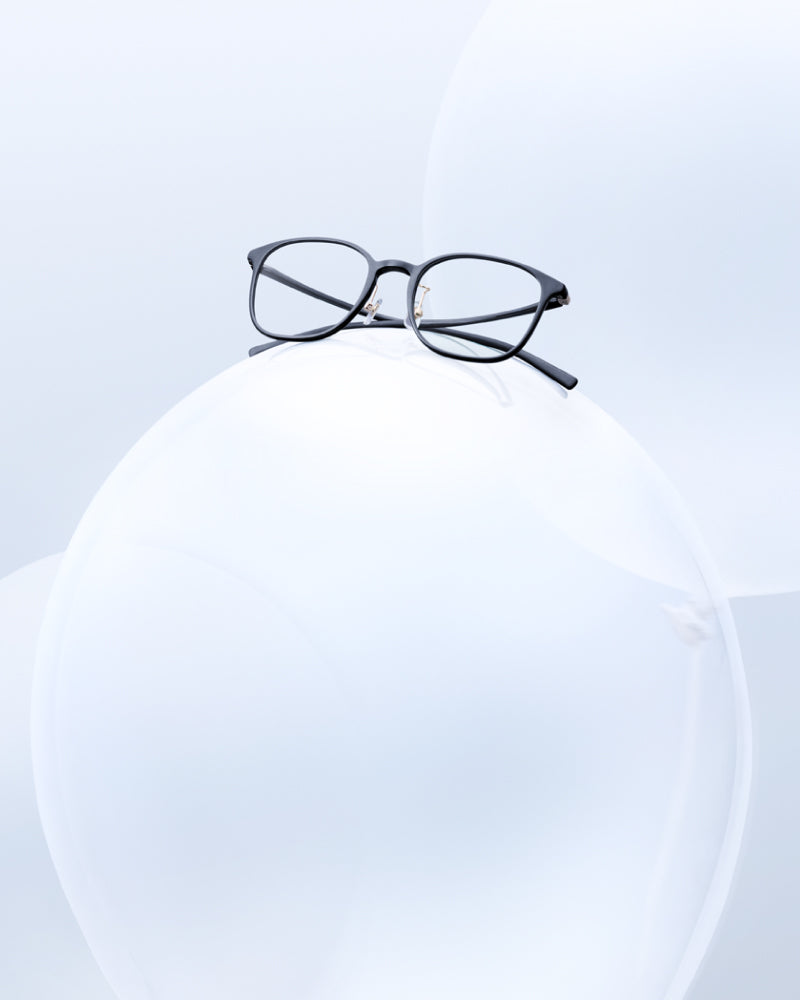Protecting your eyes from the sun is one of the most important things you can do for their health. Ultraviolet (UV) exposure from the sun's harmful rays damages your skin and can cause vision problems without proper precautions in place.
While sunglasses are designed to protect the eyes from the sun's harmful rays, they have to be worn properly to be truly effective. Knowing which type of sunglasses to purchase for maximum protection will ensure your eyes remain safe from harsh UV rays. You may even consider prescription sunglasses to ensure you have all the protection you need.
What Is UV Radiation?
UV radiation is a type of radiation emitted by the sun. While it has some benefits, like helping people produce vitamin D, it can also have some health risks. There are three categories of UV radiation:
- UVA: A long wavelength of ultraviolet light that reaches the middle layers of the skin and can lead to aging
- UVB: A medium wavelength of ultraviolet light that reaches the outer layer of the skin and can lead to burning
- UVC: A short wavelength of ultraviolet light that gets filtered out as sunlight passes through the atmosphere
While most people associate the risks of prolonged sun exposure with skin health, your eyes can also be at risk for cataracts, photokeratitis—a temporary form of blindness after intense UV exposure—and age-related macular degeneration.
The right prescription sunglasses can help minimize your chances of developing these conditions now and in the future. Choosing the right size and shape for your prescription sunglasses is imperative for maximum protection. Luckily, there is a wide variety of prescription sunglasses online.
Shopping for Prescription Sunglasses

Sunglasses create a physical barrier between your eyes and the sun. Quality prescription sunglasses typically feature polarized, which can help absorb or reflect UV radiation, or tinted lenses to help block out bright light and minimize glare.
When shopping for prescription sunglasses online, choose a pair that blocks at least 99% of UVA and UVB radiation. Sunglasses should fit snugly and comfortably to prevent UV light from entering, and the lenses should be large enough to cover the entirety of the eye area.
Investing in prescription sunglasses can be a wise decision if you spend a lot of time outdoors or in bright sunlight. Other tips for protecting your eyes from the sun include wearing a wide-brimmed hat and avoiding outdoors during peak UV ray hours, typically 10 a.m. to 4 p.m.
How to Choose Prescription Sunglasses

Choosing prescription sunglasses isn't always an easy process with so many options on the market. The easiest way to shop for prescription sunglasses is to understand your face shape.
If you have a square face, opt for round frames to add softness. If you have a long, narrow face, create an elegant sense of balance with cat eye frames or geometric frames. Cat eye frames also look chic on heart-shaped and diamond-shaped faces, and these face shapes also wear aviator frames well. Create structure on a round face with rectangle frames or browline frames. And if you have an oval face, you're in luck—just about every style can be flattering.
Other to make choosing prescription sunglasses easier include opting for transition lenses and shopping JINS' Switch collection. Transition lenses, also called photochromic lenses, are specially treated to darken in sunlight and return to their clear state indoors—no more juggling multiple pairs of glasses. JINS' Switch collection features magnetic clip-on glasses with prescription lenses and a sunglass plate with an anti-reflective coating. JINS Switch 2.0 expands your options with sets of magnetic sunglass plates to suit every mood and outfit. Whether you prefer the original or the update, this is an excellent option for glasses wearers looking to change their eye protection effortlessly.
Does the Sunglasses Frame Material Matter?
When choosing prescription sunglasses, paying attention to the materials is also a good idea. Plastic and metal frames both work—the key is to choose a frame shape and size that protects your entire eye area. For example, aviator frames typically come in metal, but they're large enough to provide the necessary coverage. When you shop for sunglasses, look for polarized lenses to reduce glare and reflections, especially during outdoor activities.
All in all, choosing prescription sunglasses can be difficult, but it doesn't have to be. Once you know which frames suit your face shape and style, choosing the tinted, polarized, or photochromic lenses that fit your routine is a breeze. Having that perfect pair of sunglasses ensures you'll have the proper UV protection and all the style and comfort you crave.


















